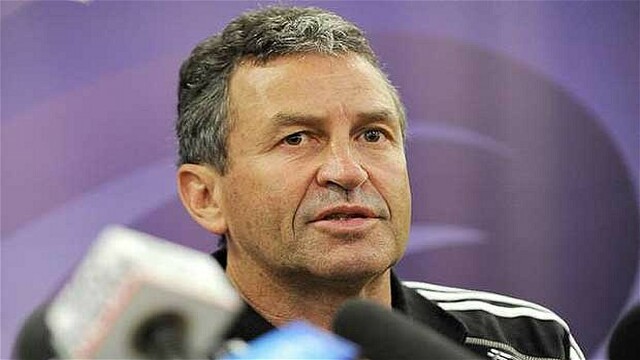Media analysts love to roll out the stats. They point to the number of missed tackles by one team or the percentage of territory of the other, but the surface numbers are utterly meaningless. They tell coaches next to nothing about the game. The stats are often numerical fiction.
The tackle area is a good example of why stats do lie, of why they are completely misleading without the detail. Commentators look at the ratio of missed tackles. But one player can make 100% of his tackles in a match and it tells you nothing about their effectiveness. Every tackle could have been a passive tackle, made behind the gain line, allowing the opposition to win quick ball without committing numbers. Another player may make only eight out of ten of his tackles, but the eight he made are dominant tackles. He made his tackles past the gain line, put the runner on his back, shut down the offload, forced the opposition to send in three or four players to clean out. And maybe two of those tackles created turnover ball off which his team scored. And maybe the two that he missed were desperate scrambling efforts. Yet the second player is ranked behind the first player on the media stat sheet. You might as well throw the paper in the bin. It would do less harm there.
At the Chiefs we rate each tackle according to its effectiveness. We collate an average score per tackle made in a game. There is a graph on my wall of the tackle scores made throughout the season. It gives the players a greater understanding of the causal effect of what they are doing. We have a benchmark tackle score that we always try to get above. If we do, we win. If we don’t, we lose. This chart seldom lies.
Here is a good example of why stats don’t always tell the truth. In the Super 15 semi-final against the Crusaders, Kieran Read was marauding towards our line when Asaeli Tikoirotuma flicked his ankle. It didn’t stop Read. It made him stumble though. It went down on the sheet as a missed tackle. But that contact slowed Read down enough for the cover to get there and somehow hold the ball up over the line. Tikoirotuma’s ‘missed tackle’ probably saved the game, possibly the Championship and the season.
The Stormers are said to have a great defence because they do not concede many tries. If you are studying them though, you need to look beyond just their defensive system to find the reasons why. Ironically, it’s the Stormers’ attack that creates their defensive stinginess. The Stormers are a side that doesn’t chance its arm. They only occasionally offload and don’t always run from turnovers. They do not concede many tries because they run a tight defensive screen and are very effective tacklers. However, they also seldom give the ball away in the tackle. You don’t often get a chance to score against them through spilled ball or lost possession in tackle contests. Given that half the tries in the game come from that sort of ball, therein lies an answer to why the Stormers concede so few touchdowns.
In contrast the Chiefs are the biggest offloaders in Super 15 rugby. We are bound to turn over ball from time to time in dangerous positions. But we are prepared to risk conceding tries in order to score them. Journalists said that Man United had the worst defensive record of the top four last season and this would come back to haunt them this year. United concede goals because they take risks in search of goals.So, sometimes, tries scored or goals conceded are not accurate indicators of defensive ability. Rather, they might just measure a team’s optimism, attacking mindset and attitude to taking risks.
Don’t believe the raw stats. They are a bunch of bare-faced liars


